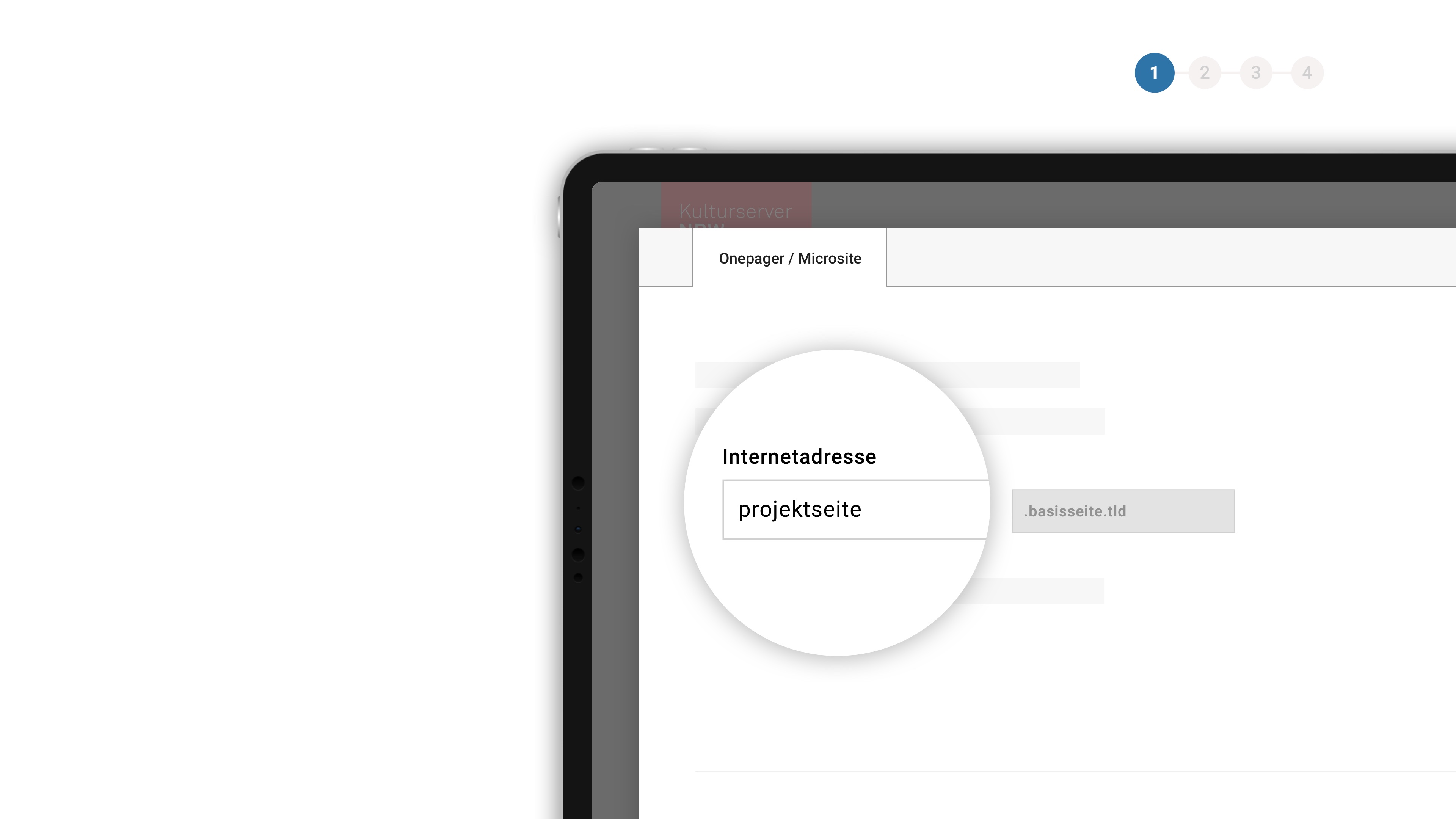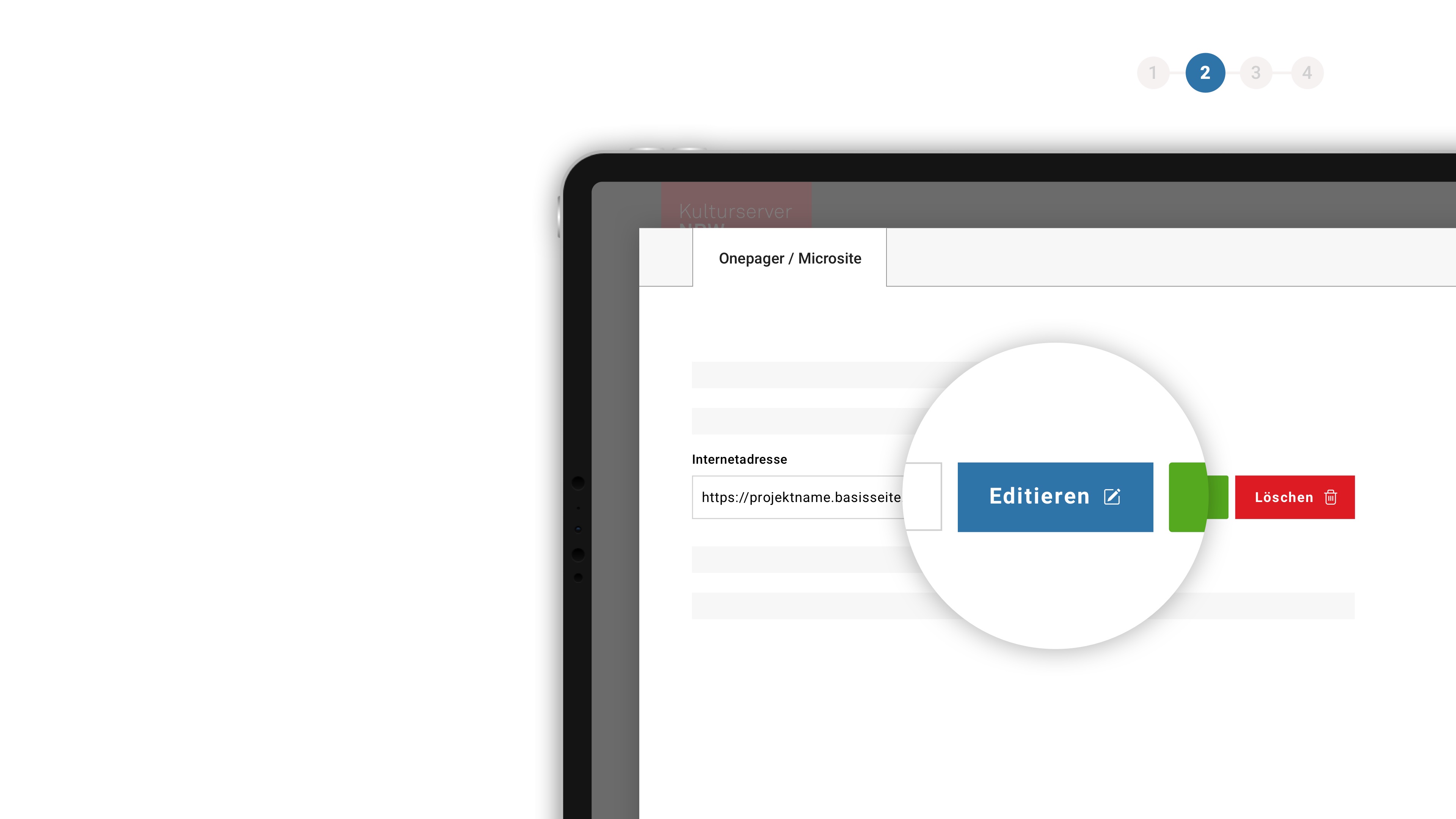Das Requisit … Jochanaans Kopf - Deutsche Oper Berlin
From Libretto #4 (2023)
Props … Jochanaan’s head
Props master Matthias Jander explains how he decapitates opera singers
The most important prop in Richard Strauss’s SALOME is the head of Jochanaan, the prophet. Towards the end of the opera Salome is presented with the still-warm, hacked-off head that was the price she had demanded from Herod in return for her performing the dance of the seven veils. Many singers have had trouble doing the scene without the prop – hardly surprising, considering Salome’s final monologue is well nigh a duet with the severed head, which she ends up kissing. In Claus Guth’s production, there’s a head involved, but the story is slightly different: the scene is set in a 1950s gentlemen’s outfitters, whose owner, Herod himself, abused his stepdaughter Salome when she was a child. It’s his head that Salome sings to, which means we need a new head to represent each new singer playing Herod. We take a silicon cast of the face of the singer and have it stuck onto a mannequin’s head, complete with spectacles and wig. It’s also convenient, because shop-window mannequins are a common feature of menswear shops and Salome has a bone to pick with this aspect of her past.





